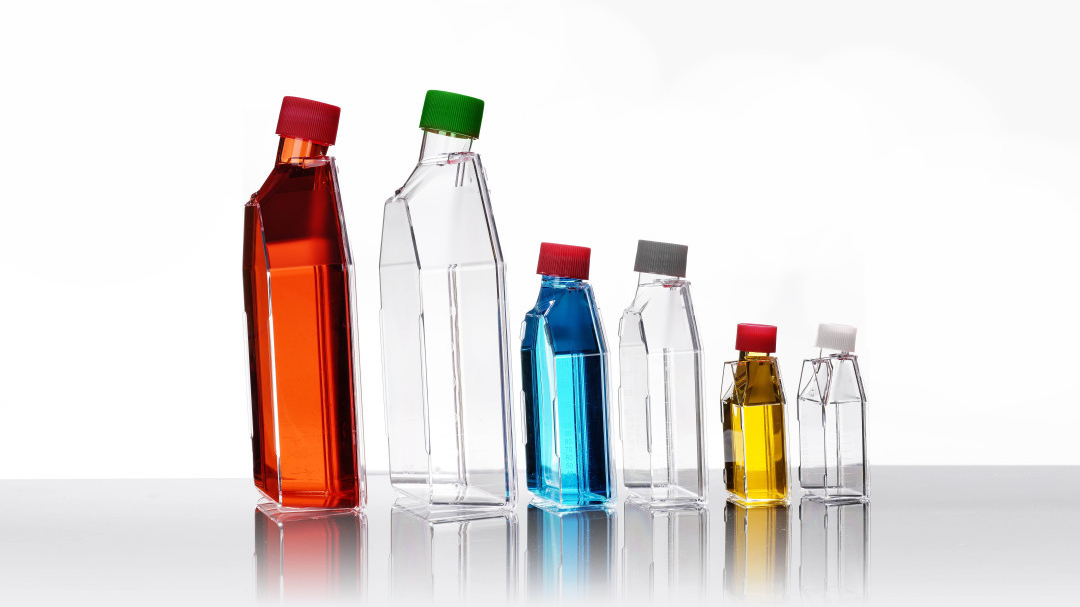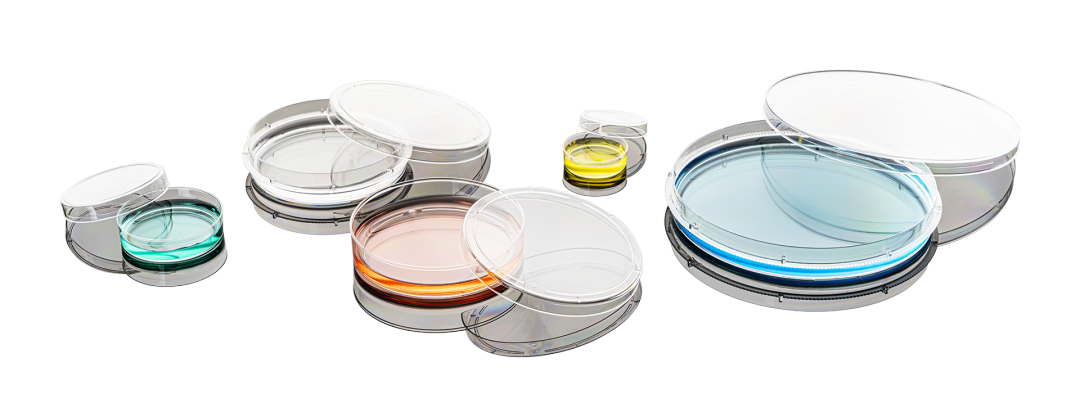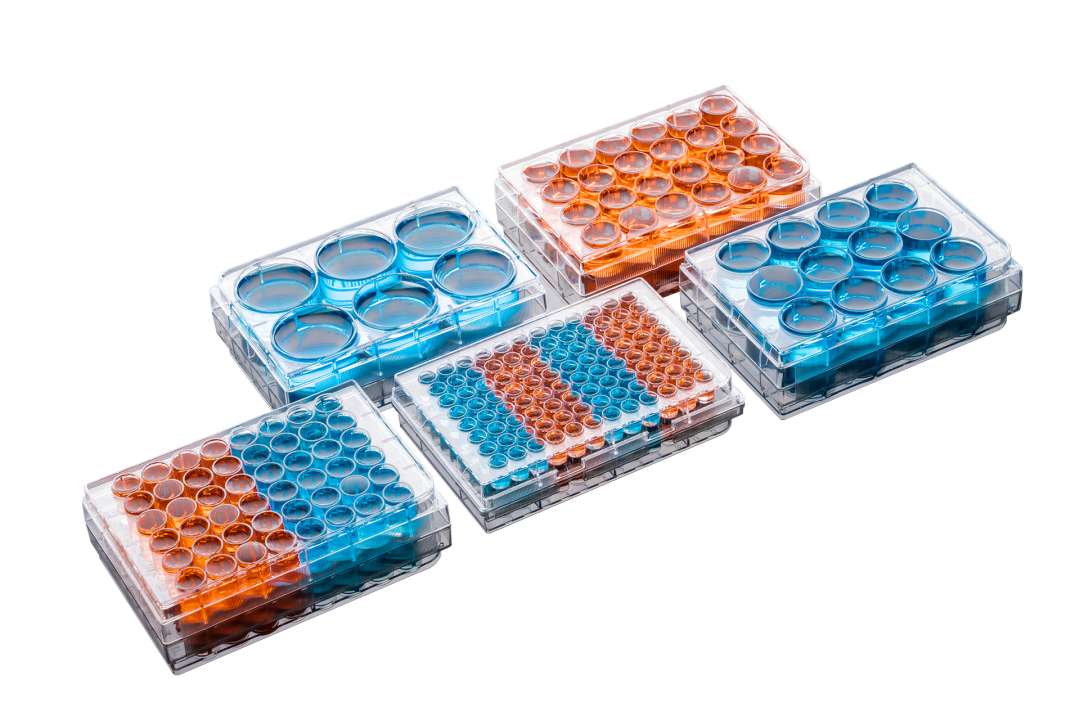How to Choose Cell Culture Vessels?
News 17 7 月, 2024
In the process of cell culture, it is crucial to choose appropriate culture vessels, such as culture flasks, plates, and dishes, which must possess good transparency, non-toxicity, and sterility. Additionally, they need to be surface-treated to support cell adhesion, division, and growth. The in vitro culture of cells and tissues has become an essential aspect of life science research and practical applications. Various types of cells, from viruses to bacteria and fungi, human cells to animal and plant cells, require suitable culture vessels to grow under the right conditions. So, what are the differences between cell culture flasks, dishes, and plates, and how should you choose the right one?
Overview of Culture Vessels
1. Cell Culture Flasks
Cell culture flasks are named based on their surface area, such as T25, T75, and T175, where the number indicates the surface area in square centimeters. For example, a T25 flask has a 25 cm² surface area. Flasks come with either vented or sealed caps, depending on the oxygen requirements of the cells. It’s important to note that flasks for adherent cell culture require TC surface treatment to facilitate cell adhesion and growth.

2. Cell Culture Dishes
Cell culture dishes come in various sizes based on their bottom area, including 35mm, 60mm, 175mm, 200mm, and 225mm. They are mainly used for simple cell cultures, suitable for small-scale experiments or sample cultivation.

3. Cell Culture Plates
Cell culture plates have multiple wells, with common formats including 6-well, 24-well, 48-well, and 96-well plates. Depending on the shape of the bottom, culture plates can be flat-bottom or round-bottom (U-shaped or V-shaped).

How to Choose the Right Vessel
1. Cell Culture Flasks
Cell culture flasks are ideal for long-term cell culture, large-scale cell expansion, and contamination prevention in the laboratory. They allow for convenient, safe cell handling, minimizing the risk of contamination and ensuring the safe progression of experiments.
2. Cell Culture Dishes
Cell culture dishes are generally used for temporary cultures. They are easy to handle for medium changes, passaging, and cell harvesting. However, due to their large openings, they are more prone to contamination.
3. Cell Culture Plates
– Flat-Bottom Plates: Generally used for adherent cells.
– V-Shaped Plates: Typically used for suspension cells and sometimes for immunological hemagglutination experiments.
– U-Shaped Plates: Also used for culturing suspension cells. Round-bottom plates are often used for analysis, chemical reactions, or sample storage.
The difference between culture flasks and dishes lies in the level of safety and the number of cells they can culture. Culture dishes are preferable for experiments involving small cell quantities, conserving cells and facilitating control experiments. However, due to their large openings, dishes are more susceptible to contamination and require careful handling.
Recommendations:
– Tissue Block Primary Culture or Contamination-Prone Cells: Use culture flasks.
– After Cell Passage: You can choose based on personal preference. Flasks are suitable for large-scale cell expansion due to their larger surface area.
Both culture flasks and dishes are essential containers in the lab for microbial or cell culture. The choice depends on the specific experimental needs and cell culture methods, whether suspension or adherent culture. The right consumables are the foundation for successful experiments.
Note: Ensure that your choice of consumables aligns with the specific requirements of your experiments and cell types for optimal results.